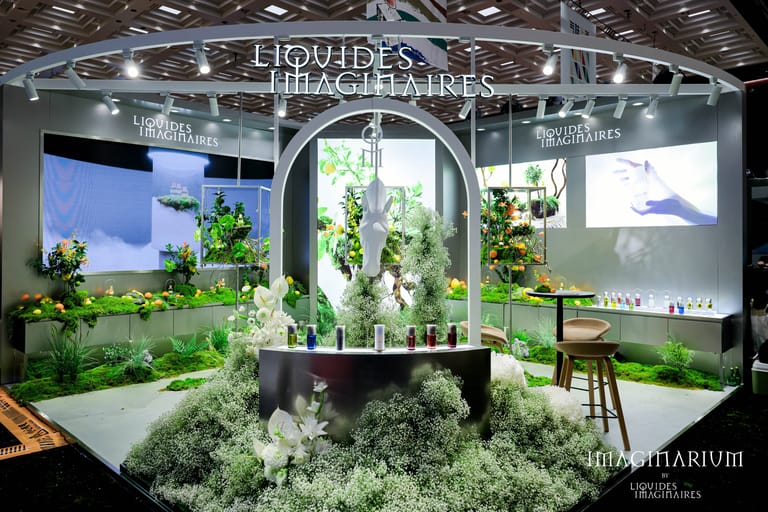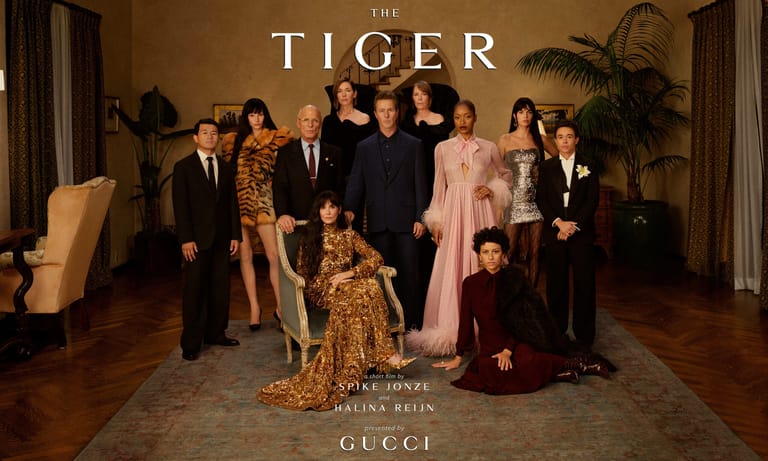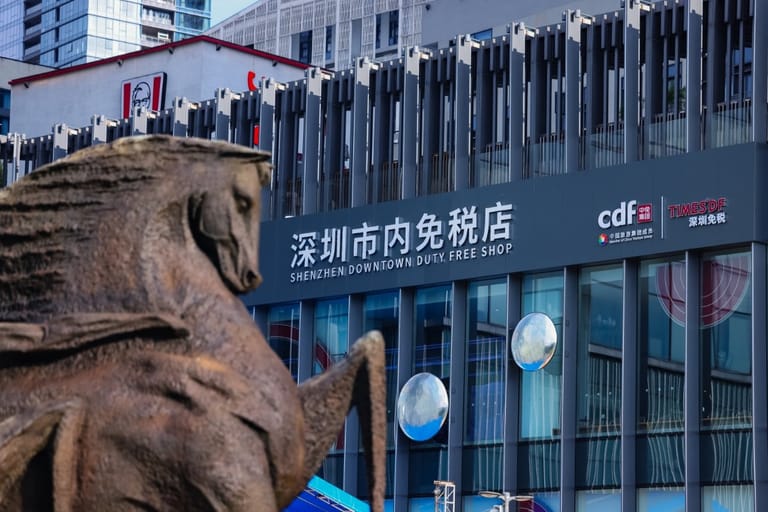Monday Briefing: 618 Heats Up Early as Alibaba, JD, and Richemont Navigate China’s Consumption Crossroads
By
Wenzhuo Wu

Published on
May 19, 2025
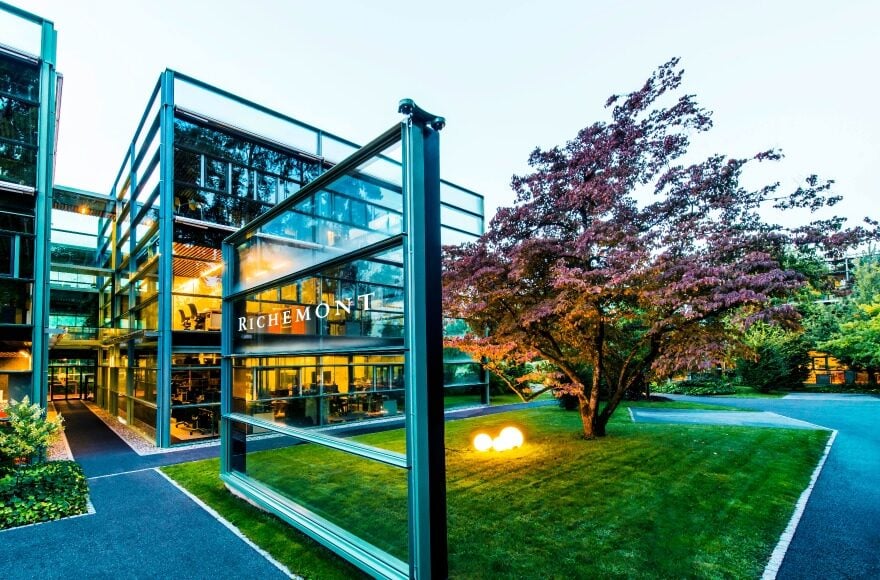
Start your week with sharp analysis and fresh insights into China’s latest cultural, luxury, and consumer trends. Monday Briefing connects the dots between local shifts and global repercussions, highlighting relevance to the luxury market, business strategies, and modern lifestyle trends shaping our world today.
As China’s consumer economy navigates an uneven recovery, the past week’s developments reflect the evolving tactics and tempered optimism of both tech and luxury giants. With the early arrival of the 618 shopping festival, retail leaders are doubling down on discounting and convenience to stimulate spending, while earnings from Alibaba and JD.com point to stable demand, fueled in part by AI and operational resilience. Meanwhile, Richemont’s results reveal how the upper end of the market is weathering softness in China.
Early 618 Kickoff Signals Consumption Push
China’s major e-commerce players are wasting no time tapping into consumer wallets this season. This year’s 618 shopping festival launched early over the weekend, buoyed by sweeping discounts and state-backed initiatives to invigorate domestic demand more than a month ahead of the official June 18 date. As the government’s consumer goods trade-in initiative gains steam, this year’s campaign has taken on added economic and symbolic weight, positioning the midyear event as both a test and a showcase of China’s consumption resilience.
Tmall kicked off its 618 festivities on Friday evening with a simplified discount system and high-octane momentum in the beauty category. In the first 30 minutes, top-tier brands including Proya, Lancôme, L’Oréal, SkinCeuticals, and Estée Lauder each surpassed RMB 100 million ($13.9 million) in sales, with domestic darling Proya hitting that milestone in just 10 minutes. JD.com’s pre-sale window also opened this weekend, prioritizing home appliances and trade-in deals, with its main campaign set to begin on May 31.
Adding intrigue to this year’s cycle is the appearance of export-bound goods rerouted for domestic sale—a quiet nod to shifting global trade dynamics amid prolonged US tariffs. By spanning both the 520 festival and the traditional June 18 peak, this year’s 618 has widened its emotional and commercial runway, potentially amplifying its economic impact.
Alibaba, JD.com Earnings Hint at Fragile Recovery
Alibaba and JD.com both reported Q1 earnings that beat expectations, underlining cautious but steady consumer demand and strategic execution.
Alibaba posted RMB 236.45 billion in quarterly revenue, up 7 percent year-on-year. While its Taobao and Tmall core commerce business climbed 9 percent, the real standout was cloud services, which saw 18 percent growth, driven by AI product adoption for the seventh straight quarter. The tech giant emphasized continued investment in AI infrastructure and customer growth as it eyes long-term leadership in China’s evolving digital economy.
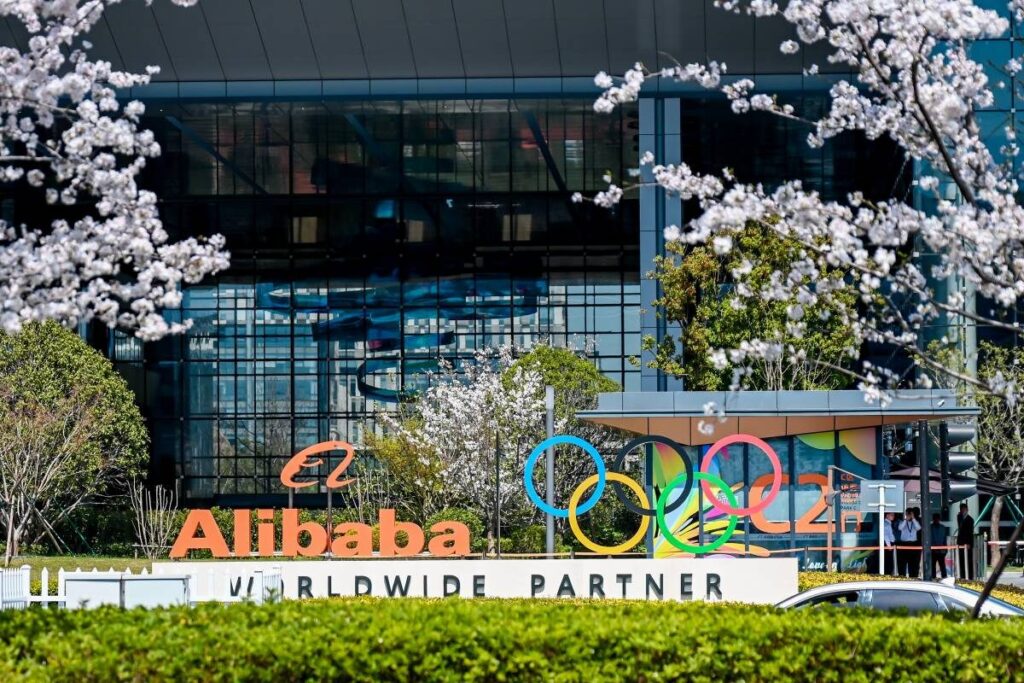
JD.com also posted a 15.8 percent revenue bump, reaching RMB 301.1 billion, supported by its efficient logistics and strength in daily essentials and home appliances. Net income rose to RMB 10.9 billion, up 52.7 percent from a year earlier, showcasing JD’s focus on operational discipline amid cautious consumer behavior.
Together, the results set a cautiously optimistic tone ahead of 618, especially as both firms lean into streamlined discounting, faster fulfillment, and AI-powered operations to stimulate sales and restore consumer confidence. That both companies saw revenues rise a healthy clip could signal the start of a long-awaited new cycle in retail spending.
Richemont Finds Resilience in Jewellery, despite China Drag
Richemont defied broader headwinds in the luxury sector, achieving a FY25 performance buoyed by strong jewellery demand. Full-year sales at its jewellery division, including Cartier and Van Cleef & Arpels, rose 8 percent, outperforming expectations and softening the blow from China’s lagging luxury appetite.

In the fourth quarter, Richemont’s jewellery sales surged 11 percent globally, with Japan rising 22 percent and the Americas increasing 16 percent to lead the charge. The Greater China region remained a weak spot, logging a 7 percent decline for the quarter, although this marks a notable recovery from the full-year decline.
Chairman Johann Rupert struck a hopeful note on China, acknowledging lingering psychological scars from lockdown-era restrictions but expressing confidence in the market’s long-term potential. “It’s a matter of time before they feel relaxed again,” he said, citing pent-up savings and consumer caution as temporary hurdles.
With strategic price increases and tight cost controls helping to absorb high raw material costs, Richemont is emerging as a model of luxury resilience—one that banks on craftsmanship and brand equity over heavy reliance on any single market.
The Bottom Line
The recent developments underscore a telling divergence in consumer behavior across market tiers. The explosive early performance of Tmall’s beauty sales signals a rebound in discretionary spending, particularly among younger consumers and the urban middle class, who remain highly responsive to promotions and streamlined purchasing mechanics.
Meanwhile, Alibaba and JD.com’s Q1 results reveal a stabilizing e-commerce environment, with moderate revenue growth reflecting cautious optimism. JD’s margin discipline and focus on essentials and appliances indicate a pragmatic pivot to value-driven consumption. Alibaba’s cloud momentum and sustained AI investments suggest it is looking beyond short-term consumption softness to anchor future growth in infrastructure and enterprise demand.
In contrast, Richemont’s performance highlights how global luxury groups are now relying less on China for momentum. While Cartier and Van Cleef & Arpels continue to outperform, especially in markets like Japan and the Americas, Greater China’s underperformance, despite signs of recovery, confirms that luxury spending remains patchy.
In short, value and velocity are defining the retail winners of 2025, whether through AI-powered operations, aggressive discounting, or global brand resilience.


